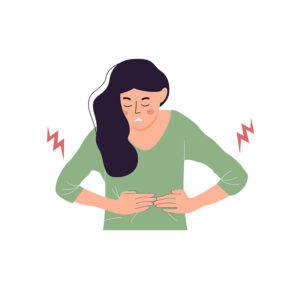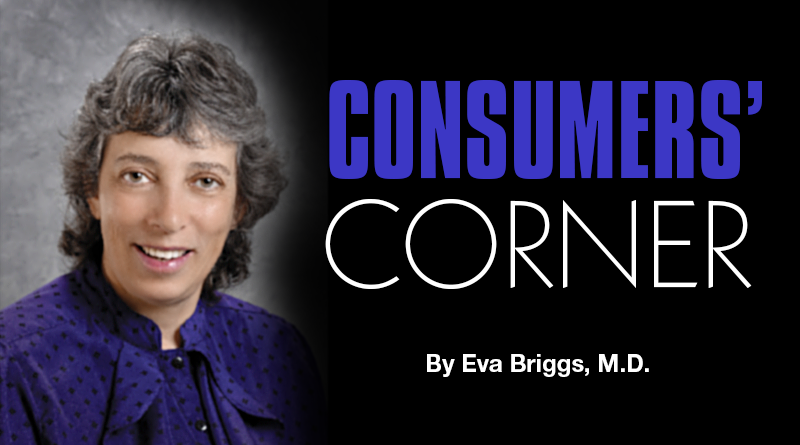Easing the Discomfort of Constipation
By Eva Briggs, M.D.
 There are so many over-the-counter medicines for constipation. Which one should you choose?
There are so many over-the-counter medicines for constipation. Which one should you choose?
First, what is the definition of constipation?
Officially, it’s fewer than three bowel movements per week. But some people have stools less often. If that’s your usual pattern, that can be OK.
Some other symptoms help define constipation: hard dry stools, painful bowel movements that are difficult to pass and the feeling that you can’t fully empty your bowels. You might also experience abdominal pain, nausea and bloating.
Constipation is one of the most frequent gastrointestinal complaints. About 2.5 million people seek medical care for it every year. It’s more common as people age. Older people may be less active, may lose muscle contraction strength in their digestive tract and have a slower metabolism. Women, especially during pregnancy and after childbirth, have hormonal changes that increase the risk of constipation. A diet lacking in adequate fiber is another risk factor. Some medicines are constipating. Common culprits are narcotics, antidepressants, iron pills, certain antacids, some blood pressure medications, psychiatric medicines and seizure medicines. Neurologic disorders of the brain or spinal cord sometimes produce constipation.
Constipation can lead to possible complications. Hemorrhoids are swollen inflamed varicose veins of the rectum. Large hard stools can tear the lining of your anus, called a rectal fissure. A large accumulation of stool can become impacted in the rectum leading to a bowel obstruction. Prolonged straining to pass stool can damage pelvic floor muscles leading to stress urinary incontinence.
For new persistent constipation, see a medical provider to rule out serious underlying causes.
The first step is lifestyle change. Drink adequate fluids and consume sufficient fiber. There is no magic correct amount of water. Your water needs depend on your size, the temperature and your activity level. The dietary fiber goal should be 25 grams per day from foods such as whole grains, beans, fruits and vegetables. Get regular physical activity. The CDC recommends 150 minutes of moderate-intensity physical activity and two days of muscle strengthening activity each week.
The first recommendation when someone requires medication is an osmotic laxative — one that draws fluid into the colon to soften the stool. Polyethylene glycol (PEG) (MiraLAX, etc.) is widely used and well tolerated even by children.
Bulk laxatives such as psyllium (Metamucil etc.) can be a good starting point, but should be taken with eight ounces of fluid and may cause bloating.
When these measures are not enough you may need a stimulant laxative (bisacodyl, senna). Some patients, such as those on chronic constipating medicines, may need these stimulant laxatives long-term. We now know that there is no good evidence that this will harm the colon or cause laxative dependence.
Docusate, a stool softener, turns out not to be very effective to prevent or treat constipation.
For chronic constipation not helped by these measures, there are several expensive prescription medicines: Amitiza, Linzess, and Trulance. These work by increasing fluid secretion into the intestines and speeding the passage of food through the bowel.
If you do purchase a laxative, read the ingredients. The brand name does not necessarily tell you what you are taking.
And remember, you are not alone.
About 1/3 of people older than 60 experience constipation every year.

